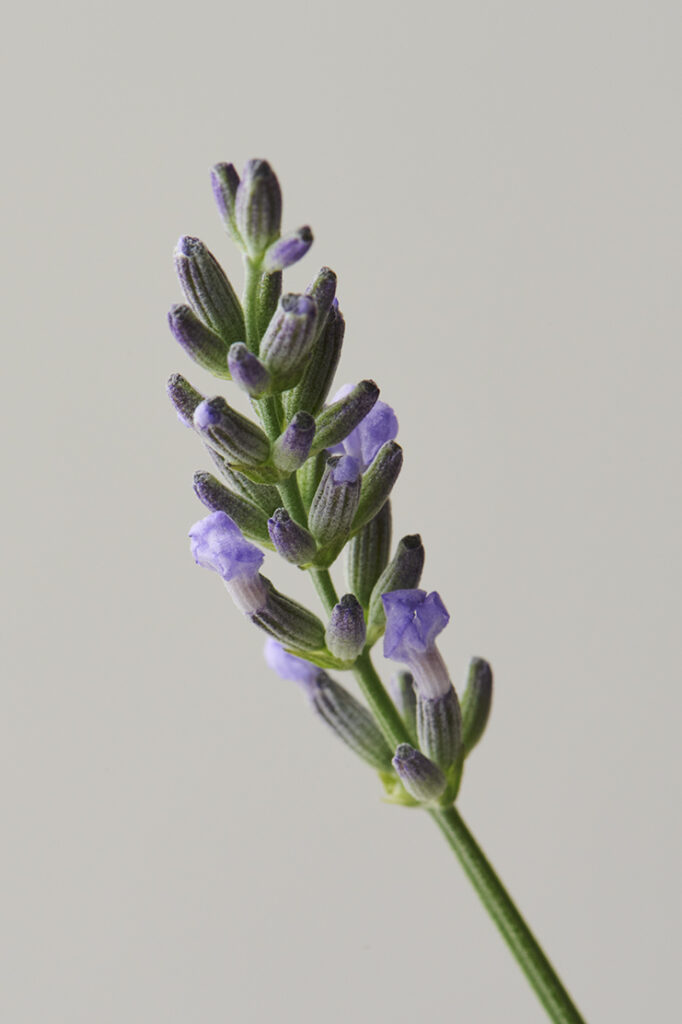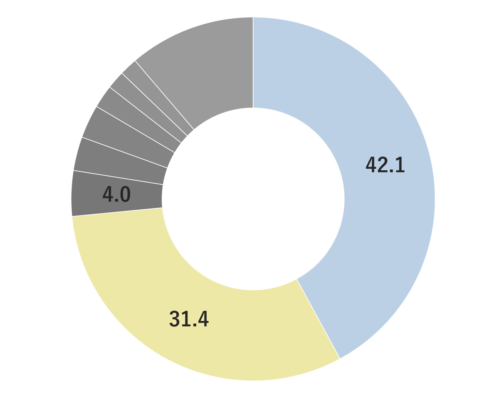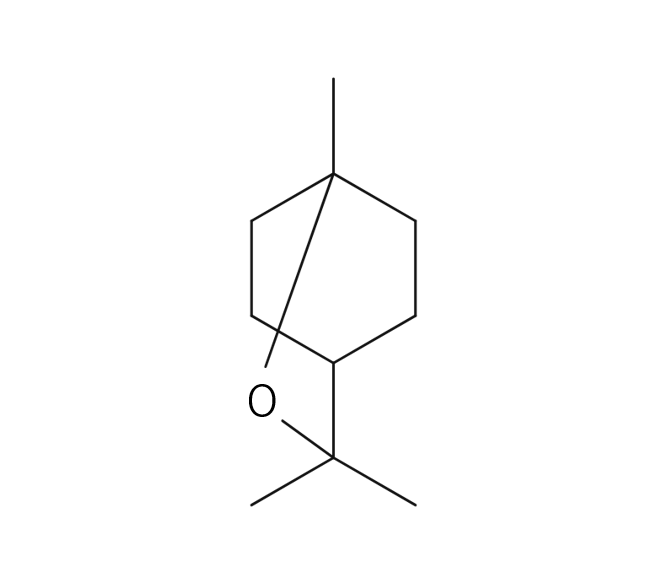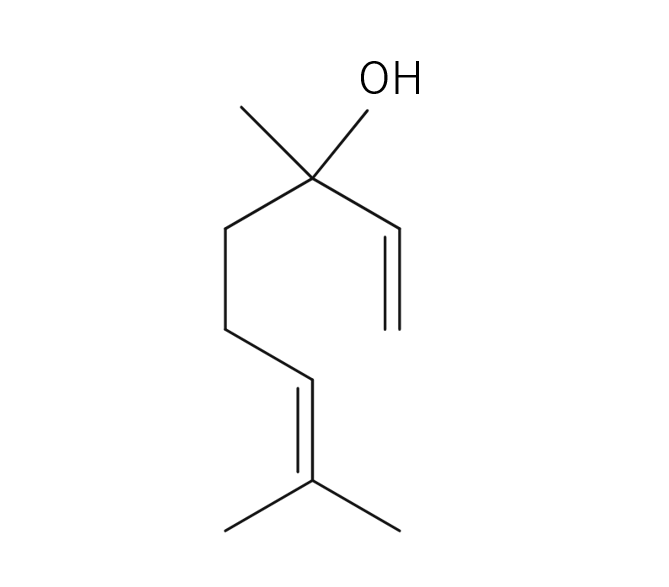Lavender, a member of the Lamiaceae family, comes in various varieties, both perennial and non-perennial. Lavender flowers can be white or pink, depending on the specific species, but the most familiar type is true lavender, which features purple flowers. Lavender has a rich history dating back to ancient Rome, where it was renowned not only for its delightful fragrance but also for its insect-repelling and antiseptic properties. Romans used lavender in baths for cleansing and wound healing purposes. It’s believed that the scientific name Lavandula may be derived from the Latin word “lavo,” meaning “to wash,” or from the Latin word “lividus,” signifying “blue,” which corresponds to the color of its flowers. Although lavender is thought to have originated in the southern Mediterranean, it was introduced to England by the Romans and is now extensively cultivated in various regions.





